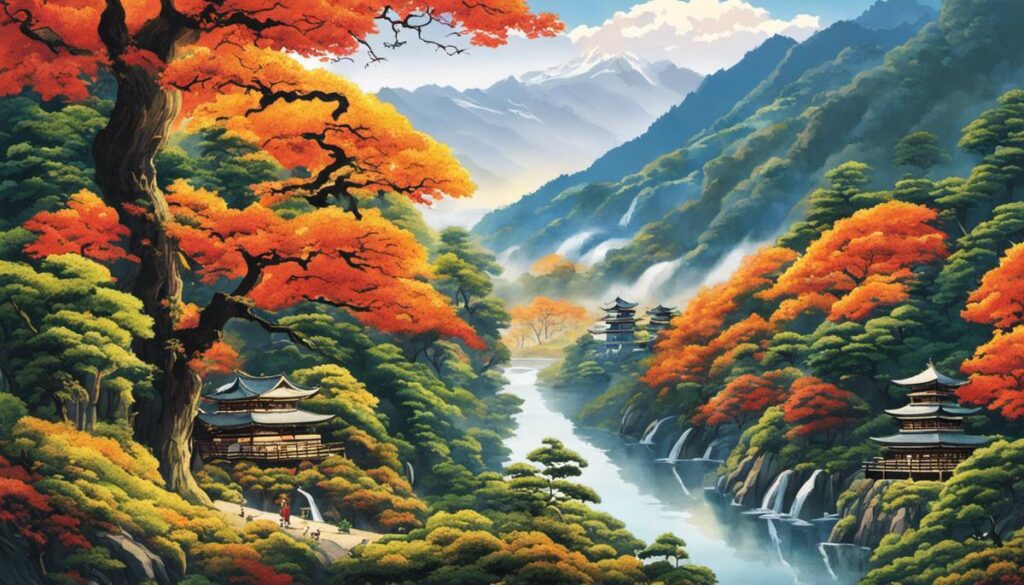In the verdant world of bonsai, a mastery of art and a profound appreciation of nature are harmoniously blended, yielding miniature trees that often embody the epitome of beauty and balance. Among the many styles that have blossomed from this tradition, the Kengai, or cascade style bonsai, stands unique, reflecting the resilience of nature in its sublime, cascading form.
Originating from the land of the rising sun, Japan, Kengai bonsai interprets the theme of nature’s strength against adversity and its persistence to survive. This exploration delves into the artistic roots of this cascading wonder, the distinctive characteristics that set it apart, and the meticulous process of shaping and nurturing a Kengai bonsai, providing an encompassing perspective of this intriguing art form.
Origins of Kengai Bonsai
The Cultural Roots of Kengai Bonsai
The tradition of Bonsai, meaning “plant in a tray”, has been an integral part of Japanese culture for over a thousand years. Embodying a profound respect for nature and a meticulous attention to aesthetic design, Bonsai allows the gardener to capture the grand beauty of nature in miniature. Within this tradition, the Kengai or Cascade style of Bonsai is one of the most distinctive and recognized forms, known for its cascading design that mimics trees or shrubs on mountainsides.
Timeless Influence of Kengai Bonsai
The Kengai Bonsai style traces back to the 11th century in Japan, reaching global recognition later, particularly during the early 20th century when Bonsai giants like Kunio Kobayashi and Masahiko Kimura showcased their incredible cascade design Bonsai on international stages. The art form’s popularity spread, and today, Bonsai artists and hobbyists worldwide attempt to capture the natural grace and beauty inherent in Kengai Bonsai.
Inspiration from Nature
Kengai Bonsai’s inspiration comes from observing how trees grow in naturally rugged landscapes. This Bonsai style depicts trees or shrubs growing in steep or sloped terrains, where due to gravity and the elements, growth is directed downwards, forming a cascade-like trickle of foliage and branches. It’s a visual representation of strength, resilience, and beauty as it illustrates a plant’s struggle to live in harsh conditions while maintaining the elegance inherent in nature’s design.
Kengai Bonsai: Significance and Popularity
In Japanese, “Ken” translates to “cascade” or “fall,” while “Gai” refers to “style”. The Kengai Bonsai style exemplifies the principle of bringing the grandeur of nature into a miniature form. The visual drama of a tree cascading down a pot, combined with the artistic challenge to maintain balance and harmony, gives Kengai its universal appeal in the Bonsai community.
Global Appreciation for Kengai Bonsai
The rise in worldwide adoration for Eastern cultures and Zen practices has seen Kengai Bonsai, or Cascade Style Bonsai, gain recognition and popularity. This appreciation stretches far beyond its origin, reaching both novices and professional gardeners across the globe. The unique process involved in nurturing these miniature trees fosters a sense of mindfulness and patience, while simultaneously providing a way to bring the sheer beauty of nature into our homes and gardens. This makes the art of Kengai Bonsai a captivating endeavor to many.
Characteristics of the Cascade Style Bonsai
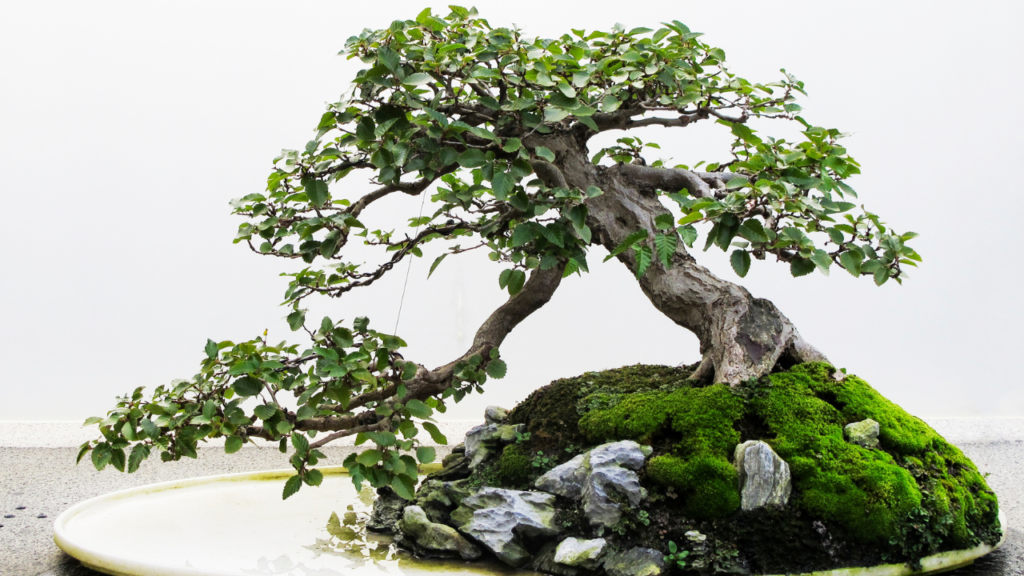
An Overview of the Cascade Style Bonsai
Kengai Bonsai, widely known as the Cascade Style Bonsai, stands out due to its striking representation of trees that naturally grow on cliffs and steep slopes. Unlike most bonsai styles where branches rise or grow horizontally, the Kengai style is unique. Its branches meticulously growing below the pot’s rim create a stunning cascading effect. This downward growth not merely enhances the aesthetic appeal but also conjures the image of a wise, old tree valiantly thriving against the harshness of nature.
Aesthetic Appeal and Design Elements
The aesthetic appeal of Kengai Bonsai lies in its visually striking display of balance and harmony, achieved through the careful positioning and manipulation of the tree’s branches. In this style, the trunk and branches bend downwards, sometimes even reaching the ground, mimicking the natural phenomena caused by heavy snowfall or other adverse natural conditions. Despite its drastic deviation from the vertical norm, the tree remains balanced in its bonsai pot, adding to its artistic and visual allure.
Creating the Cascading Branches
The creation of cascading branches in the Kengai Bonsai is a meticulous effort that taps into horticultural creativity and patience. It involves a complex process of pruning, wiring, and styling to achieve the graceful downward flow. Moreover, the process of creating this cascade takes several years of persistent maintenance and careful grooming, sometimes continuing throughout the life of the plant, to ensure the branches grow and bend in the desired way.
Symbolism Represented in the Kengai Bonsai
The Kengai Bonsai is imbued with profound symbolism, representing the resilience and endurance of life in the face of adversity. In its depiction of a tree clinging to life on a precipice, the cascade style symbolizes strength and tenacity, common qualities celebrated in Japanese aesthetics. Moreover, the delicate care and patience required in its creation embodies the discipline and devotion attributed to the traditional art of bonsai.
Unveiling the Unique Kengai Bonsai
When it comes to Bonsai, there are various styles to consider, each carrying its own unique charm. However, the Kengai Bonsai or cascade style manages to set itself apart from the rest. Unlike the formal upright or informal upright style that concentrates on the balance between the tree and the pot size, the Kengai style radically shifts its attention towards the downward arc of growth. This diversion from vertical growth brings another level of technicality, making it a tad more challenging. To complement this cascading style, a taller pot is usually chosen, which further amplifies the distinctiveness of the Kengai Bonsai.
Creating a Kengai Bonsai
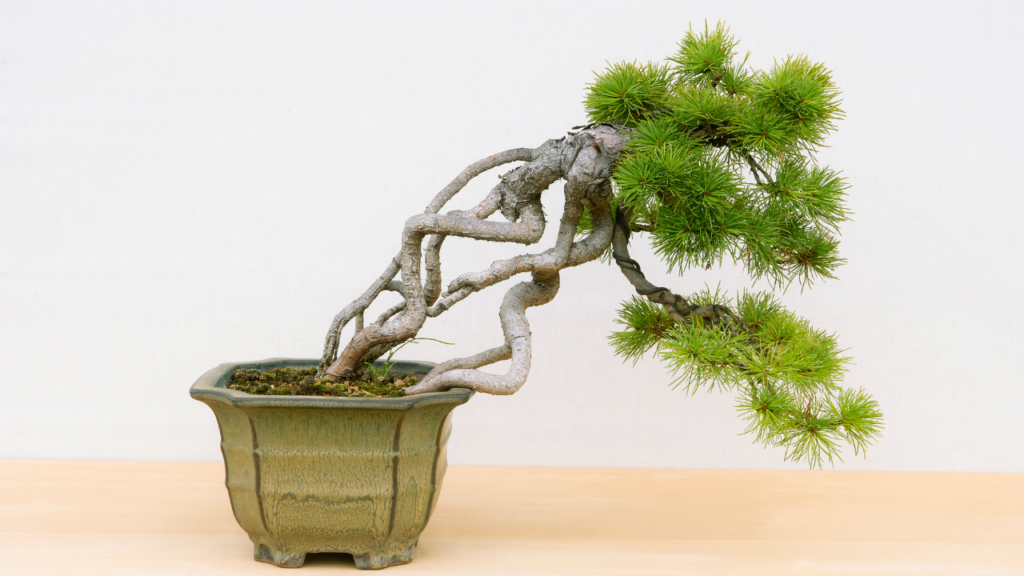
Picking the Perfect Plant for Your Kengai Bonsai
The journey to creating a Kengai Bonsai begins with the vital decision of plant selection. Not all species are suitable for this style. Selecting a plant species that naturally bends and grows downward is ideal. The most favored species for Kengai Bonsai is Junipers, particularly the Juniperus procumbens. Other species that can adapt to this style include Black Pine, Wisteria, and certain varieties of ivy. Care should be taken to ensure that the plant possesses a robust root system and is in overall good health before the transformation begins.
Wiring the Bonsai for the Cascade Style
Once the right plant is chosen, the next step is wiring. This encourages the branches to grow downward, creating the cascade effect. Copper or aluminum bonsai wires are used to guide the branches into desired positions. Though it’s a delicate task and requires diligence, it’s not meant to be a permanent feature. Once the branches take on the desired shape, the wires are removed.
Pruning to Shape the Bonsai Tree
Pruning is a critical aspect of forming your Kengai Bonsai. It involves cutting back the plant’s roots and shoots to control its shape, height and spread. The process also allows light and air to penetrate dense inner areas of the plant, fostering healthier growth. Pruning should be done delicately to avoid any damage that could stunt the plant’s development.
Repotting the Kengai Bonsai
Specifically designed pots called “cascade pots” are typically used in Kengai Bonsai. The pots are higher than they are wide, which allows the tree to cascade lower than its base for the true cascade effect. The plant needs to be repotted with care, ensuring that the roots are properly spread out within the pot. A mixture of akadama, organic compost, and lava rock is often used as the potting soil to provide adequate nutrition and allow for good drainage.
Maintaining the Kengai Bonsai
The maintenance of a Kengai Bonsai includes regular watering, periodic feeding with bonsai fertilizers, and monitoring for pests or diseases. Because the trees tower above their pots, and cascade downwards, they may require more water than other bonsai styles. Regular pruning and rewiring may also be required to maintain the tree’s shape and growth direction.
Delving into the Facets of Kengai Bonsai Art
The art of shaping a Kengai Bonsai is deeply personal. As you assume the role of the tree’s artisan, its growth, form, and aesthetic reflect your vision and intentions. The amount of patience, dedication, and care you invest on this journey are key to its development. The viewing of the bonsai’s transformation into a cascading piece of natural art is an enriching reward for this long-term commitment. As your bonsai matures, your bond with it strengthens, combining different facets of creativity, science, and spiritual nourishment into a unique hobby.
Common Varieties of Plants for Kengai Bonsai
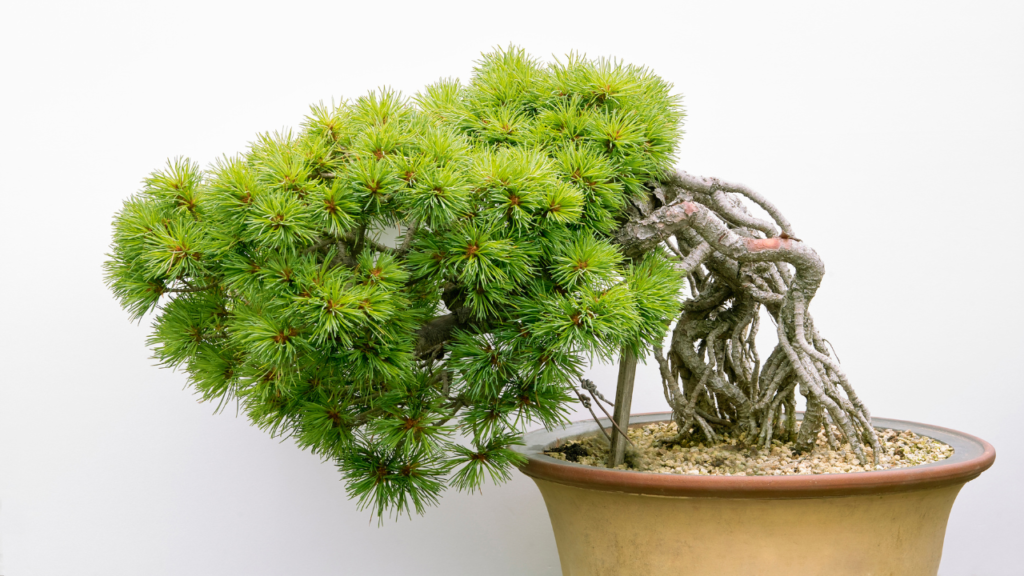
Exploring the Essence of Kengai Bonsai
The Cascade style or “Kengai” is an intricate and multifaceted facet within the expansive realm of bonsai artistry. Kengai takes its cue from the untamed beauty of nature, reflecting the charm of trees that snake downwards from cliffs and mountain edges due to the force of gravity. This style paints a poignant picture, often mimicking the intricate look of centuries-old trees that have weathered severe conditions, such as strong winds, heavy snowfall, and rocky terrains.
Adaptability of Species to Kengai Bonsai
When choosing a plant for a Kengai bonsai, the first factor to consider is the plant’s adaptability to the cascade-style design. The species you select must tolerate training and molding to create a cascading effect. It needs to be comparatively flexible to develop branches that arc and stoop downwards.
Common Varieties of Plants for Kengai Bonsai
A variety of species can be used for Kengai bonsai, each with distinct features that make them suitable for the cascade style. Some of the more popular species include Juniper, Pine, Japanese Maple, and the Ficus variety.
Junipers
Junipers, such as Juniperus Chinensis, are admired for their adaptability to the harsh cascading style. These plants are incredibly resilient and showcase dramatic foliage, making them a classic choice for Kengai bonsai.
Pine trees
Pine trees, such as the Japanese Black Pine (Pinus Thunbergii) or the Japanese White Pine (Pinus Parviflora), are another excellent choice. They feature needles that create an esteemed aesthetic and can be adjusted crudely, making them perfect for replicating windswept tree images found naturally in mountainous regions.
Japanese Maples
Japanese Maples, like Acer Palmatum, are desired for their graceful structure and colorful foliage. These are a little more delicate and require more attention and care.
Tropical Choices: Ficus
Lastly, among the tropical choices, the Ficus family stands out. Ficus species can create magnificent cascading bonsai due to their flexibility, resilience, and leaf size.
Understanding Plant Selection for Kengai Bonsai
Selecting the right plant for Kengai, or cascade-style bonsai, involves a thorough understanding of a plant’s growth patterns. Certain plants have compact growth habits that naturally align with the cascade style, while others that exhibit more vertical growth may not be as suitable.
The plant’s foliage is an important factor to consider in selection. The techniques traditionally utilized in bonsai, such as pruning and wiring, can manipulate and shape the foliage to align with the cascade formation typical of Kengai bonsai.
Resilience is another defining trait for Kengai plants. Due to the extensive pruning, wiring, and alteration demanded by the style, slow-growing and hardy plants often fare better.
In sum, the art of Kengai bonsai requires thoughtful selection and nurturing of the plant. An adept understanding of the plant’s characteristics and adaptability to the cascade style is key in developing a striking and resilient bonsai.
Challenges and Tips in Maintaining a Kengai Bonsai
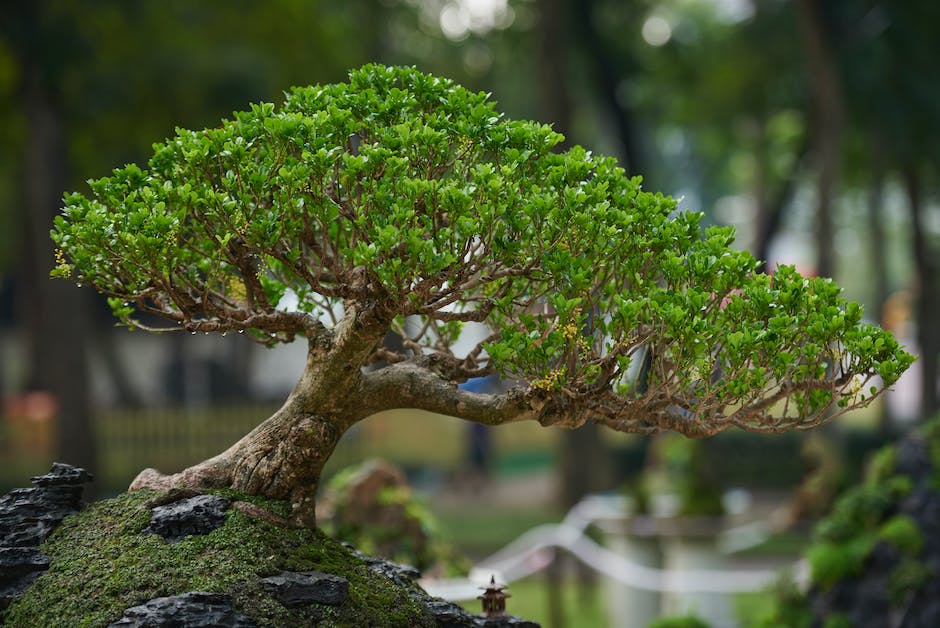
The Maintenance Challenges Posed by Kengai Bonsai
The defining feature of Kengai, or Cascade bonsai style, lies in its branches – they cascade out and downward, similar to trees found on cliffs or steep slopes. The contrast between the rising trunk and downward-reaching branches creates several unique maintenance challenges.
One of them is compliance to consistent pruning to uphold the dramatic shape of the cascading branches. Wiring is often utilized to guide and control the branch growth in a downward direction.
Root systems are the unsung heroes in these bonsai, supporting the cascade with strong, robust roots. Over crowded or root-bound conditions can hamper growth over time – a challenge to be addressed by bonsai caretakers.
Watering schedules have intricate effects on the cascade bonsai’s health and lifespan. An insufficiency of water could dehydrate the bonsai, while an excess could trigger root rot. Since Kengai bonsai doesn’t naturally drain as well as other styles, it poses an additional challenge.
Pests and diseases are formidable threats for both in-house and outdoor bonsai. Insects, mites, fungi, and diseases can be damaging or even lethal, affecting the appearance and health of your Kengai bonsai as well as its longevity.
Expert Tips in Overcoming the Challenges
Despite the challenges, there are numerous ways to promote the health and longevity of a Kengai bonsai.
When it comes to maintaining the branches, consistent pruning combined with wiring can hold the cascading branches in their distinctive positions. However, care should be taken when wiring to avoid scarring the bark.
For an optimal rooting system, regular root pruning can prevent the bonsai from becoming root-bound. Similar to branch pruning, it also promotes the miniaturization of the tree.
Watering should be adapted to the needs of the specific tree species, time of the year, and local climate. Generally, the bonsai should be watered when the soil surface starts to dry. Using a well-draining soil mix can help prevent water stagnation.
Pre-emptive pest control can be implemented as a measure against pests and diseases. Regular inspection for signs of damage, coupled with timely implementation of pest control measures, can help maintain the health of the bonsai. In case of severe infestations, expert assistance may be warranted.
By incorporating these tips, you can navigate through the challenges of maintaining a Kengai bonsai, ensuring its beauty and health for many years to come.
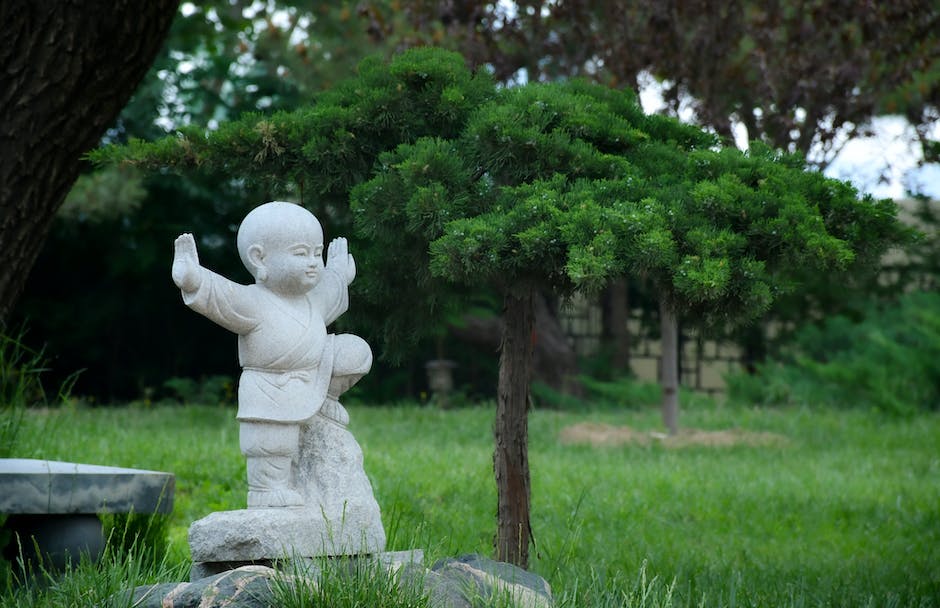
Mastered over years of practice, patience, and an intimate understanding of the plants, maintaining a Kengai bonsai is no less than an absorbing journey. It demands a deep-rooted commitment from its cultivator to endure the challenges and, in turn, rewards with aesthetic fulfillment and an intimate connection with their green companion. From the art of selecting the right plant to overcoming the complexities of wiring, pruning, watering, and protecting the bonsai, each step is a learning milestone. Whether you’re a novice or an experienced gardener, embracing the art of Kengai bonsai-making could be an enriching experience, paving the way for a lifelong passion.
